TP4056 is the one of the most popular modules available in very cheap prices to charge the Li-ion batteries. And to protect the batteries from overcharge, over discharge and protect the batteries by charging with constant current and constant voltage method. It has onboard MOS based different IC for protection with TP4056. The module is quite good but the IC TP4056 dissipates a lot of heat while charging. Which I think is due to linear voltage regulator section inside the IC.
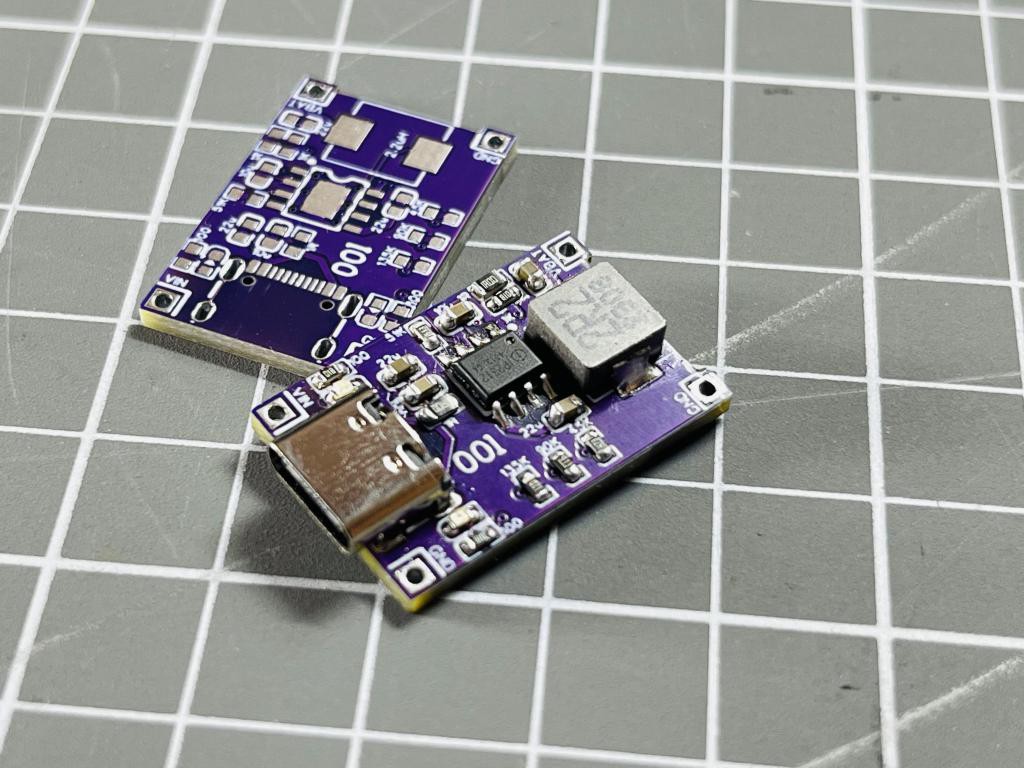
Which also limits the overall charging current, because it is very over valued to add a heat sink on this module. And I think it is not the efficient way of charging nowadays. As a solution to all of this I came here with a new module based on IP2312 and designed by me keeping the max current of 3A in mind. Yes! this board comes with fast charging and protection features and all of them are listed below. You can see the PCB files given below, which can be used to order this board from JLCPCB.
IP2312:

The protection features are the most essential part while working with LI-ion cell batteries. Because any higher voltage may damage the chemical process in the battery. Which may cause the lifetime damage of the cell. But in IP2312 the scenario is better than TP4056 because here every protection feature is included in the IC, so we don’t have to use any extra IC for discharge/charge protection. And why I am focusing on this because this IC has a buck converter section rather than a linear voltage regulation. IP2312 Boost Switching Charge Converter Operating Frequency 750KHz, the maximum charging current is 3A, 5V input, 3.7V/2A conversion. The conversion efficiency is 94%; the charging current can be set through an external resistor. The input voltage of IP2312 is 5V, and the input can intelligently adjust charging current to prevent the adapter from being pulled.
- Max input voltage: 4.5 to 5.5 volt
- Trickle charging current: 100mA
- Max charging current: 3A
- Nominal Charging current: 2.1A
- Overvoltage protection: Vin > 5.6
- Undervoltage Protection: Vin < 4.5
- Standby Current: 40uA
And comes with an extra feature of Trickle charging which I have discussed in the previous article. See how a Li-ion battery charging process works from here. Trickle mode is very important to increase the overall health of battery, and it is the process of charging of battery when it is over discharged. The whole process of constant current and constant voltage can be seen in the previous article.
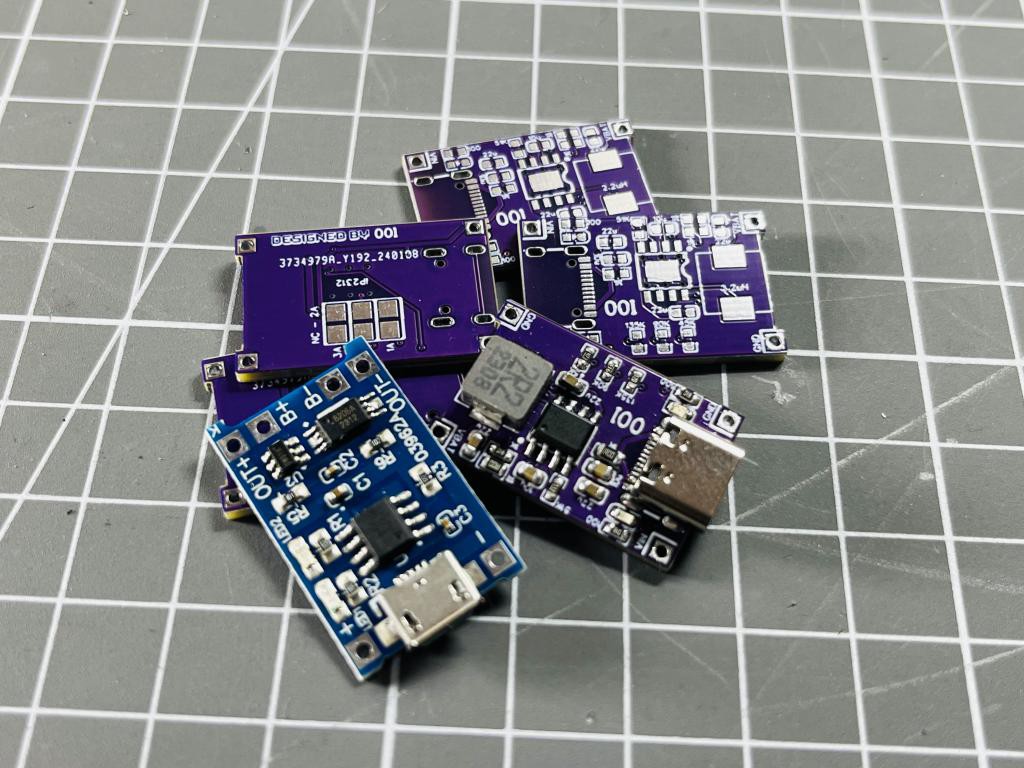
Features:
- Synchronous switch step-down charging
- Charging efficiency 94% (3.7V/2A)
- Maximum charging current 3A
- Charging current can be adjusted by external resistor
- Support 4.20V/4.30V/4.35V/4.4V battery
- Support charging NTC temperature protection
- Supports LED charging status indication
- Input overvoltage and undervoltage protection
- Charging timeout protection
- Over-temperature protection
Circuit Diagram:
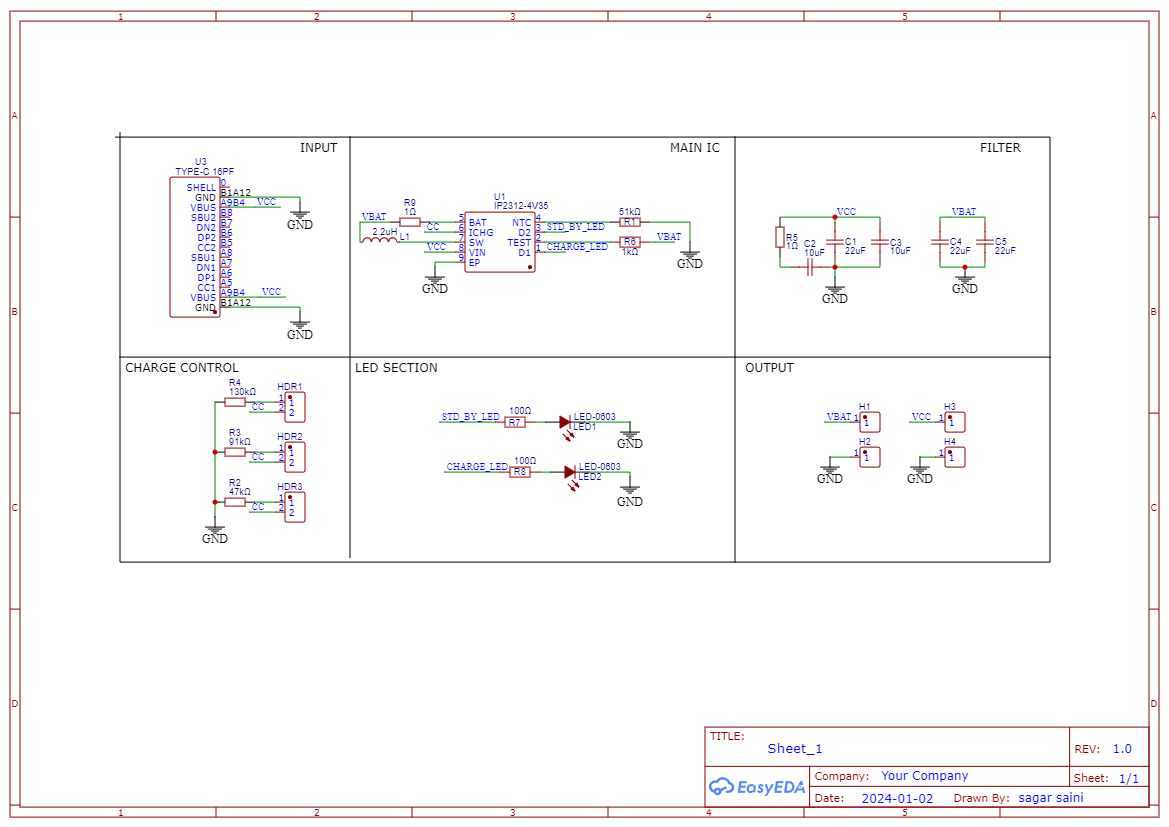
I made the hardware and circuit diagram according the battery voltage and current rating, Voltage remains constant for all here, but the charging current can be changed from the solder pads given on the back side of the PCB. By connecting the given pads to one another will set the resistor configuration to that particular current mode. And if left floating then 2A mode is selected automatically. NTC pin is given to connect a highly precise Negative temperature coefficient to monitor battery temperatures while charging, but here that function is not utilized because I am using this as a breakout board and the I have to change battery time to time. So, a good practice is to pull down that pin 51k resistor. I am also attaching the English format of datasheet, see all the design considerations once from here.
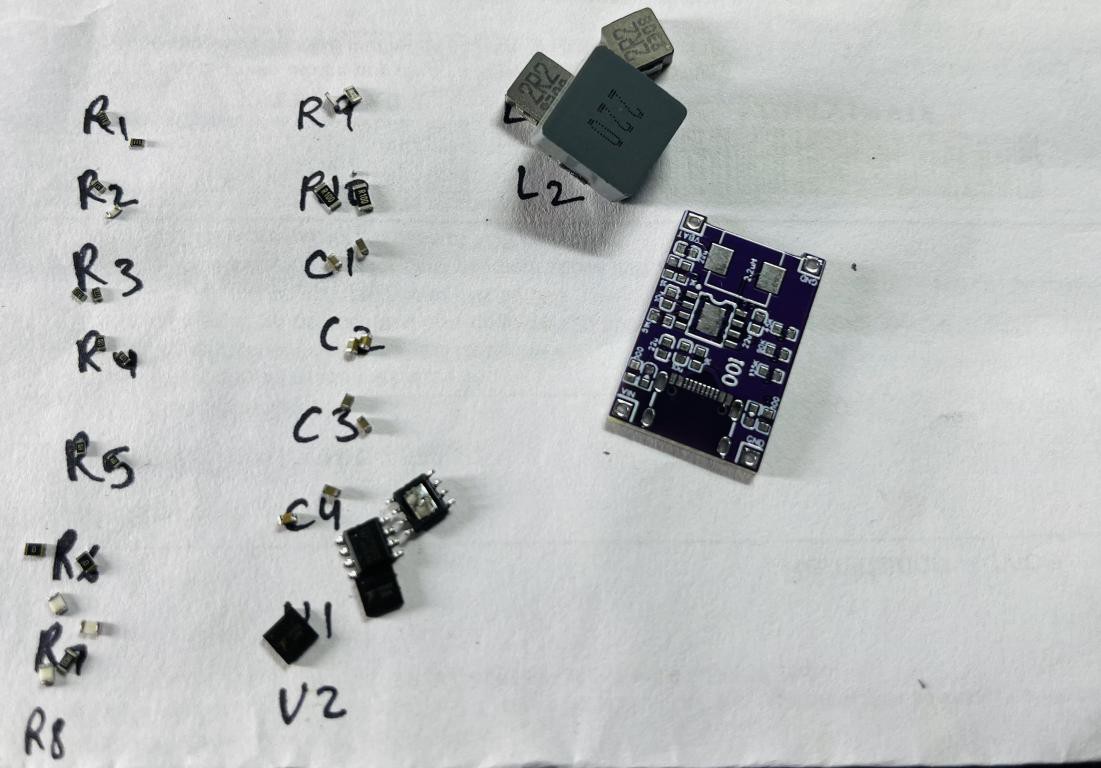
Filter section is most important part, which decides the overall noise and switching stabilization of circuit. This circuit is MOS based having parasitic capacitances at high frequency, transient parts in the supply may cause serious failure of the operation. So, at hardware...
Read more » Sagar 001
Sagar 001
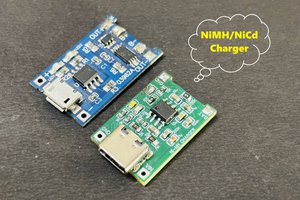
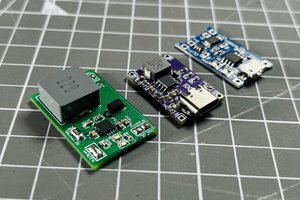
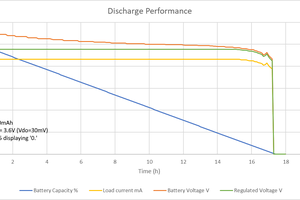
 George
George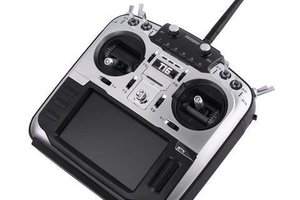
 Bud Bennett
Bud Bennett
Where is the discharge protection? The only output is direct to battery.